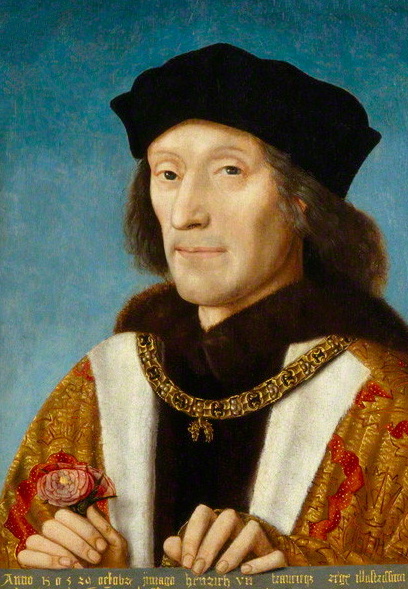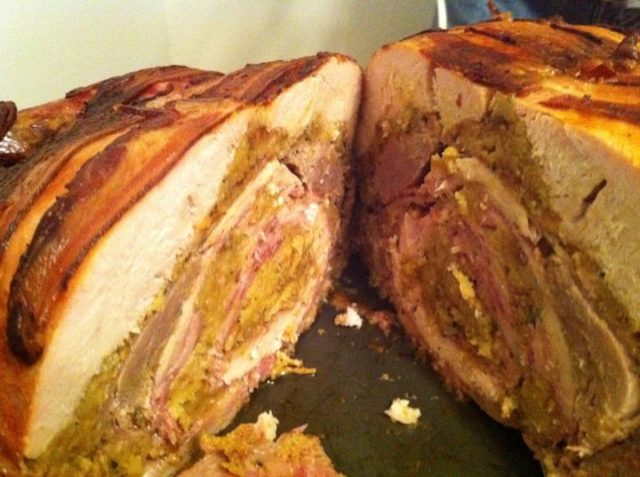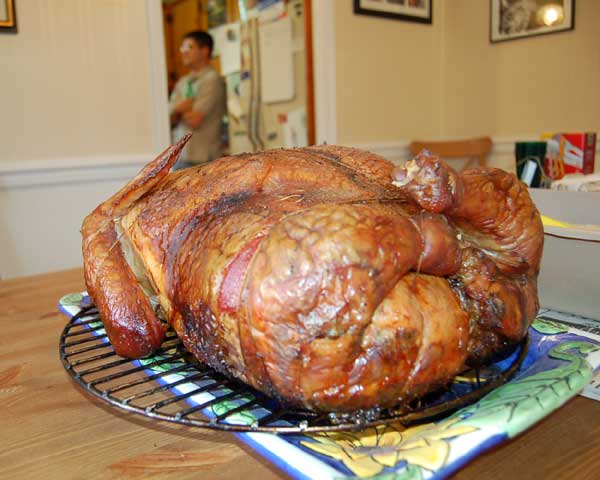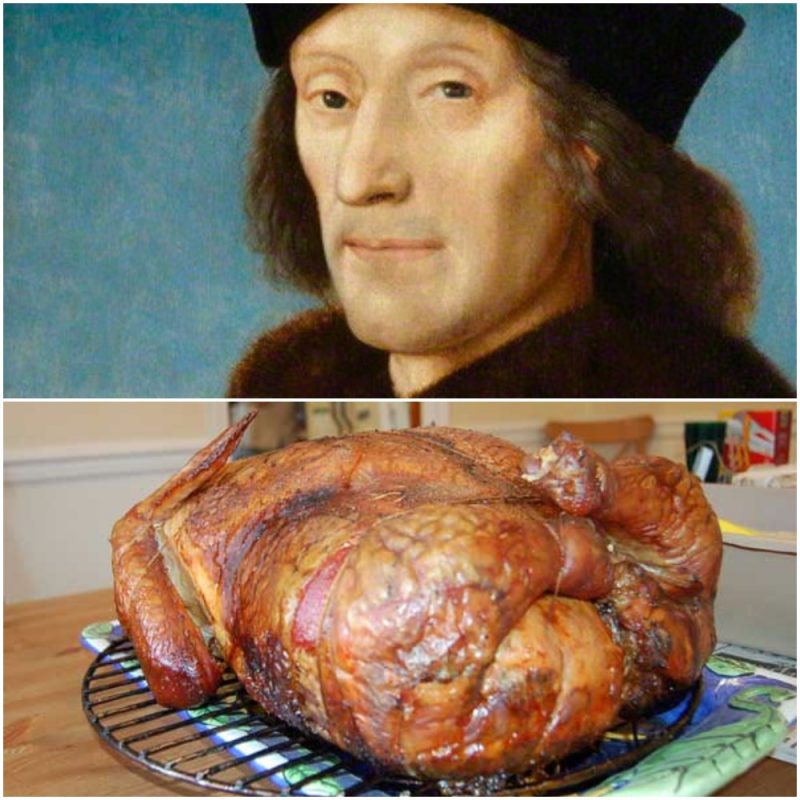Contemporary gourmet trends constantly produce original and often unusual dishes, but the cuisine of today can hardly compare to the extravaganza of the royal feasts of Medieval England.
The Cockentrice was one of the most interesting historical culinary inventions; it was not just a dish, but a spectacle that baffled and amused noble crowds.

The dish was first made for King Henry VII, who was the founder of the Royal House of Tudor. He was married to Elizabeth of York, and reigned from 1485 to 1509.
The word “cockentrice” is the most common name for the fanciful dish; other known names include “cokagrys”, “cokyntryche”, and “cotagres.”
It is a combination of the words “cock” (a capon) and “gryse”(a suckling pig). The main idea of the dish was to use parts of regular animals to create an impression of a mythical beast, which would surprise the guests both with its unusual appearance and impressive taste.
As the name suggests, the most commonly used animals were chicken and pigs, which were stitched together to form a new animal. The upper body of a suckling pig was sewn onto the bottom half of a capon, or a turkey, or the torso of a capon was sewn to the rump of a pig.

The creation was then decorated with potatoes, eggs, herbs, and various vegetables and fruit, and baked in a stone oven.
Some Medieval chefs brought the dish to the next level; they decided to make the Cockentrice even more absurd. They used bear claws, ram’s horns, and makeshift wings to decorate the dish further.
They also employed the culinary practice of engastration: the filling of an animal with parts of other deboned animals to create an array of various tastes. The suckling pig was thus filled with venison, mutton, and horse meat. Engastration was popularized by another Medieval dish, the less complex “Turducken”; the ancestor of the Easter turkey.

When the torso of a capon was sewn onto the rump of a pig, a small iron helmet was put onto the head of the capon, and the dish was renamed “the Helmeted Cock,” as the decorated capon resembled an otherworldly knight.
Many versions of the Cockentrice were documented throughout history, as the dish was a common main course of the most extravagant feasts. However, the most famous one was the Cockentrice prepared for the banquet of John Stafford, Bishop of Bath and Wells, on September 16, 1425. It was supposedly decorated with flowers, bones, skulls, and deer antlers.
